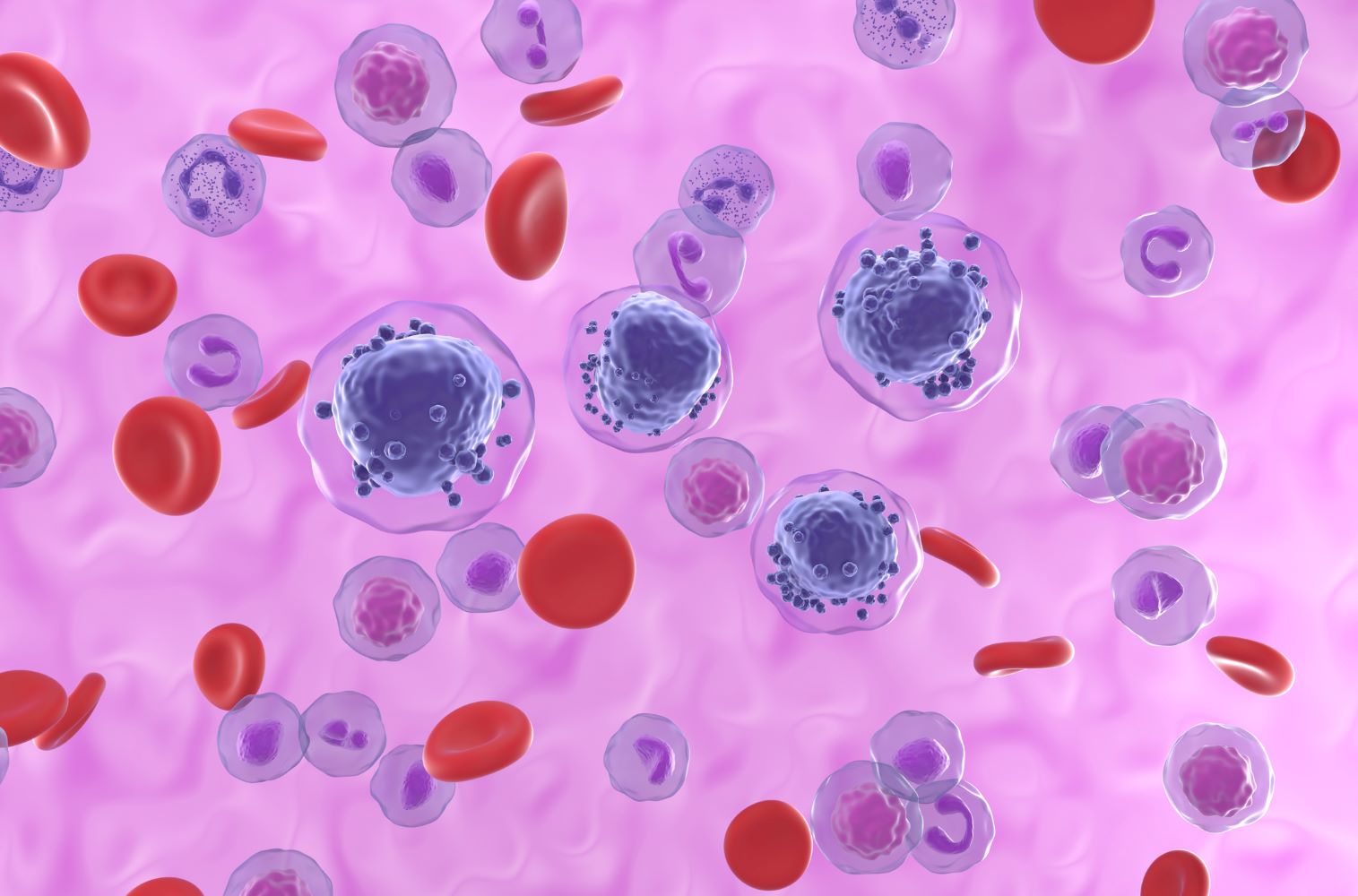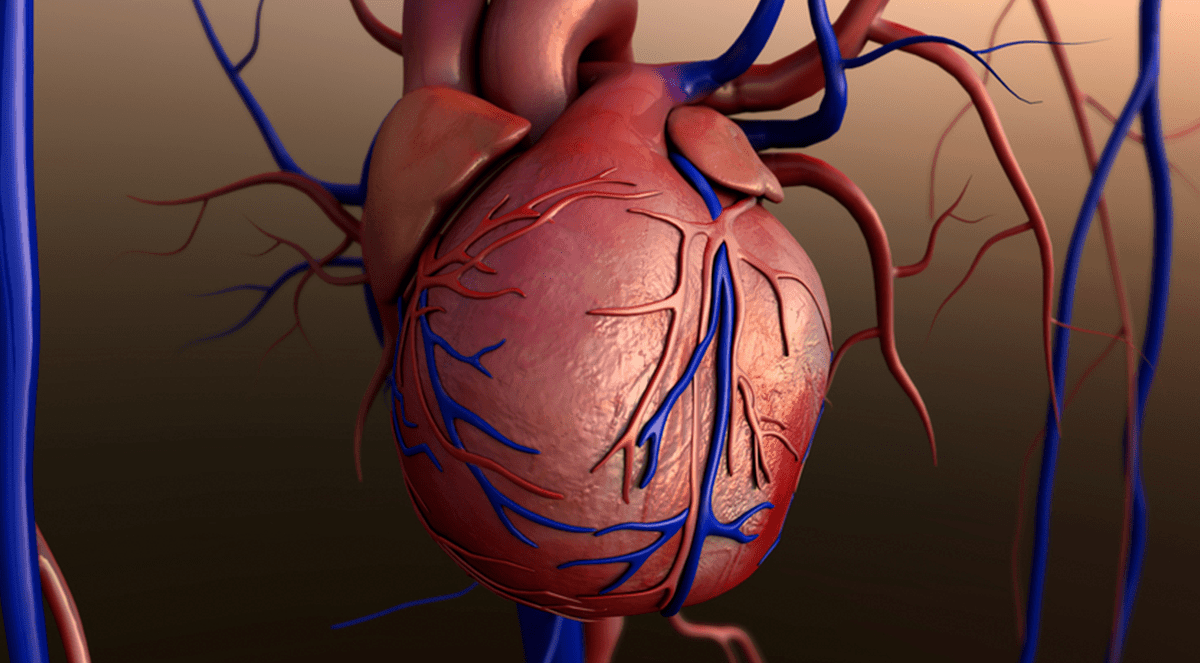CD97, an adhesion G-protein coupled receptor (aGPCR) highly expressed in Glioblastoma (GBM) consists of two non-covalently bound domains: the N-terminal fragment (NTF) and C-terminal fragment (CTF). The CTF contains a GPCR domain that couples to Gα, while the NTF interacts with extracellular matrix components and other receptors. We investigated the effects of changing CD97 levels and its function on primary patient-derived GBM stem cells (pdGSCs) in vitro and in vivo. We created two functional mutants: a constitutively active ΔNTF, and the non-cleavable dominant negative H436A mutant. The CD97 knockdown in pdGSCs decreased, while over-expression of CD97 increased tumor size. Unlike other constructs, the ΔNTF mutant promoted tumor cell proliferation, but the tumors were comparable in size to those with CD97 over-expression. As expected, the GBM tumors over-expressing CD97 were very invasive, but surprisingly, the knockdown did not inhibit invasiveness and even induced it in non-invasive U87 tumors. Importantly, our results indicate that NTF was present in the tumor core cells but absent in the pdGSCs invading the brain. Furthermore, the expression of non-cleavable H436A mutant led to large tumors that invade by sending massive protrusions, but the invasion of individual tumor cells was substantially reduced. These data suggest that NTF association with CD97 GPCR domain inhibits individual cell dissemination, but not overall tumor invasion. However, NTF dissociation facilitates pdGCSs brain infiltration and may promote tumor proliferation. Thus, the interplay between two functional domains regulates CD97 activity resulting in either enhanced cell adhesion or stimulation of tumor cell invasion and proliferation.Copyright © 2023 The Authors. Published by Elsevier Inc. All rights reserved.















